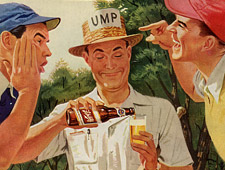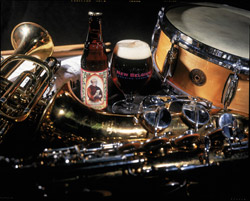Some numbers take longer to sink in than others, or maybe it is because this past week was awfully busy, but back on Aug. 29 Brew Blog reported Heineken Premium Light will miss its ambitious volume targets.
From the Financial Times:
“One blemish on the performance was Heineken premium light, a low calorie and low carbohydrate beer, that will not turn a profit in 2007 in the US, where it was launched last year.
“While volumes rose 30 per cent in the first half, Heineken admitted it had been ‘a little too bullish’ in setting a goal of selling 1m hectolitres, blaming the weather and higher prices.”
One million hectoliters. That’s more than 850,000 barrels, the measure usually used in the U.S. beer business. Or put another way, going on 11.7 million cases.
How much is that? Sierra Nevada sold 640,000 barrels in 2006.
Magic Hat, Bell’s, Shipyard, Abita, New Glarus, Stone, Kona, Great Lakes, Sweetwater and Victory – 10 breweries that each grew at a rate of 20% or more in 2006 – combined for 536,000 barrels.
All the brewpubs in the United States combined to sell 697,000 barrels in 2006. Total.
How could Heineken Premium Light, invented little more than a year ago, hope to rocket to 850,000 barrels?
By spending $55 million on marketing in 2006 (that’s just for HPL, not Heineken itself) and $70 million more in 2007.
Just something to think about.
 And the latest advertising for Miller Lite introduces something called the
And the latest advertising for Miller Lite introduces something called the  What do jazz musicians drink?
What do jazz musicians drink?